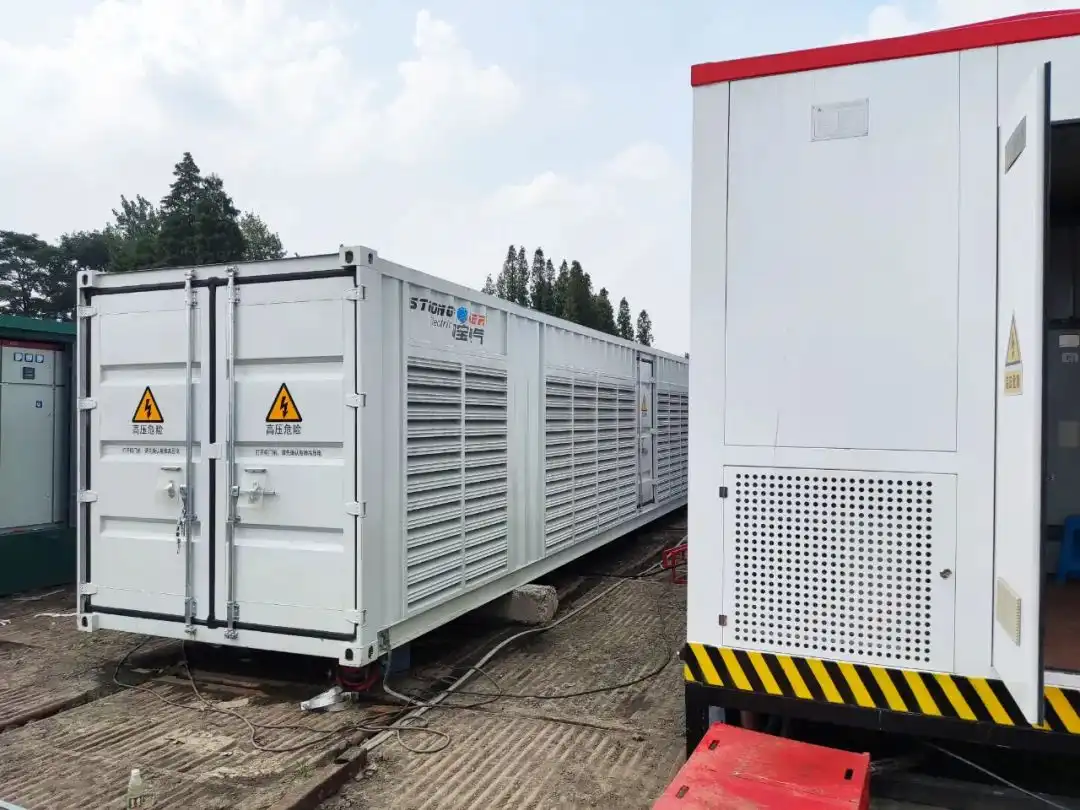How to improve grid reliability and operating efficiency?
Optimizing power grids to maximize efficiency, reliability, and security while decreasing power production costs is a difficult topic with several hurdles.
There are contemporary solutions that can be used today to boost efficiency and minimize losses in electricity networks due to technical innovation, effectiveness, and practicality. Energy efficiency not only reduces the environmental effect of energy production and transmission, but it also lowers energy costs for customers.

Renovate aging infrastructure
Many electricity networks throughout the world have substantial energy loss rates due to outdated infrastructure. Transformers, transmission and distribution lines, and other power grid system components may all be improved to enhance efficiency and reduce losses. Electrical engineers often repair aged grid infrastructure by modernizing and replacing outdated power transmission and distribution systems with more advanced ones that can improve efficiency, reliability, and resilience.
Use smart grid technologies.
Smart grid technology allows for improved monitoring and management of the electrical grid, which may assist boost efficiency and reduce energy losses. This technique incorporates advanced sensors, automated switching mechanisms, and real-time monitoring systems.
A smart grid is a novel approach to developing energy-efficient networks that differs from traditional ones due to cloud, artificial intelligence (AI), and digital technology. A smart grid provides preventative and predictive maintenance, both of which are critical components of grid operation. Overall, the AI-powered smart grid improves grid resilience and security, allowing for more precise forecasting.
The use of clean, renewable energy sources in power networks throughout the world might be facilitated and hastened by AI, which has the potential to minimize energy waste and costs. AI can improve power system planning, administration, and control. As a result, the advancement of AI technology is inextricably linked to our ability to generate the cheap and clean energy required for growth.

Smart grids are electrical networks featuring two-way communication between utilities and consumers that increase the system’s capacity to respond to rapid changes in energy demand or emergencies. This information layer, enabled by the widespread installation of smart meters and sensors, enables data collection, storage, and analysis.
PMUs, also known as synchronized phasors (STATCOM), are critical components of today’s smart grids. They measure and align data from various distant points on the grid in real time. Better grid management is achievable if a current, accurate, and integrated picture of the entire power system is created.
When paired with strong data analytics, these smart-grid components have assisted in increasing the efficiency, security, and reliability of electrical transmission and distribution networks. Because of the large number and variety of structures in such data, AI technologies such as machine learning are best suited for their interpretation and use. Many applications for this data analysis include defect identification, preventative maintenance, power quality monitoring, and renewable energy forecasts.
Automated demand response programs implemented.
Demand response systems allow utilities to reduce peak power demand by incentivizing consumers to use less energy when there is a high demand. Utility firms might avoid investing in costly peaker plants while increasing grid efficiency by lowering peak demand—demand response systems reduce loads when a system is most stressed.
Line losses are at their maximum during these periods since conductor amperage is at its peak. Because line losses are exponential, a small reduction in load during peak hours results in an exponential reduction in line losses.



